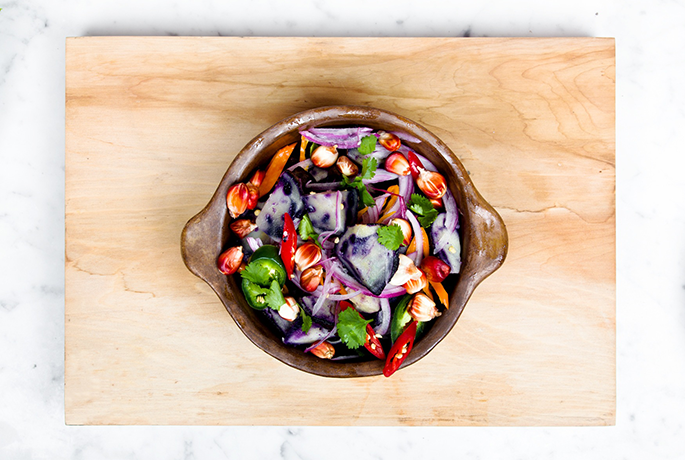
Ask anyone in the food network what the single most important tool in the kitchen is. You will certainly get the same answer: the cutting board. Without it, and a knife, almost no prep can be done. Every chef or home cook aspires to own the greenest, most sanitary and the least damaging cutting board. To some, however, their countertop surface just serves the purpose albeit with myriad disadvantages resulting from the practice. Using a cutting board as opposed to a countertop surface comes with a pack of advantages as we will find out here.
Cutting boards are designed to not only give you the comfort and safety you most need while chopping foodstuffs but also protects your expensive countertop from damage resulting from the sharp edge of the kitchen knife. Here are a few reasons why you should consider the chopping board at all times.
The kitchen knife is the most salient of all tools that are fundamental to find in a chef’s kitchen. From slicing a pork loin to dicing a pineapple, name it! Knowing how to maintain your kitchen knives is critical to success in the kitchen. Using a cutting board or a butcher block as opposed to using a countertop to prep your vegetables always helps to keep your knives sharp therefore keeping you out of danger associated with working with dull knives.
Anyone working in the kitchen is keen to keep the working area free of any mess to avoid contamination which may result from dirt and unwanted waste matter that scatter on the cooking area surfaces. While working with cutting boards, you can handily move the chopped or cut food to a skillet or pot, keeping most of the mess in a small easy to clean area.
Unlike countertops, cutting boards are easy to clean and disinfect in the kitchen sink, therefore, reducing contamination to ensure that you enjoy a safe and healthy meal. Often forgotten for its flashier, sharper-looking companion in crime—the knife, the cutting board does not always get the attention it deserves when we use counter tops in its place. If you have simply not considered the difference between the two, we are here to correct your ill-informed ways.
Cutting boards fall into two broad categories: the plastic cutting boards and the wooden cutting boards. Each category has its pros and cons. Plastic boards are; lightweight, inexpensive, and not quite as prone to staining as wood. However, they quickly cut and will soon destroy your knife's sharp edge. Moreover, they readily harbour bacteria once nicked and scuffed.
On the other hand, Wood cutting boards are very edge friendly. They will not unduly dull your knife's sharp edge. Wood has a porous structure with a unique wicking action that will kill surface bacteria by removing the moisture from the surface. Wooden cutting boards are, however, more expensive compared to their plastic counterparts, heavier and should not be put in the dishwasher nor soaked in water. However, despite their disadvantages, wooden cutting boards have won the hearts of many and are the better option.